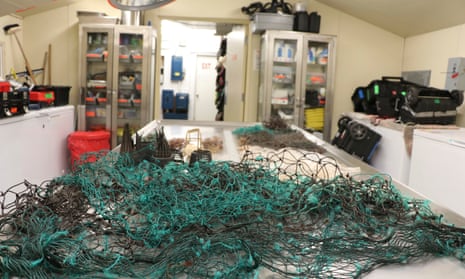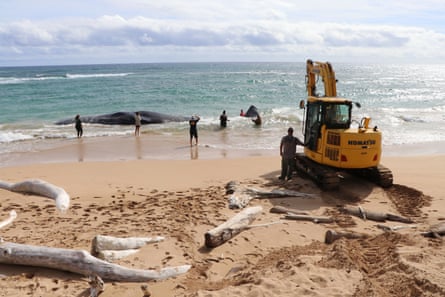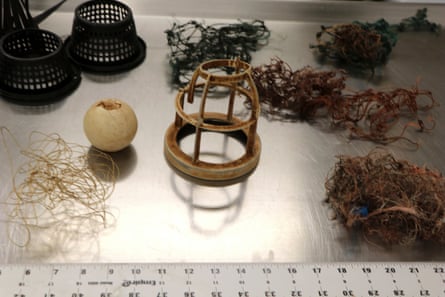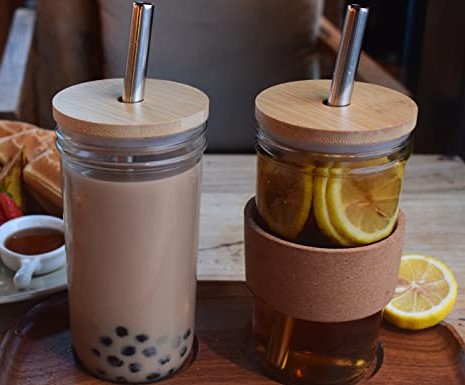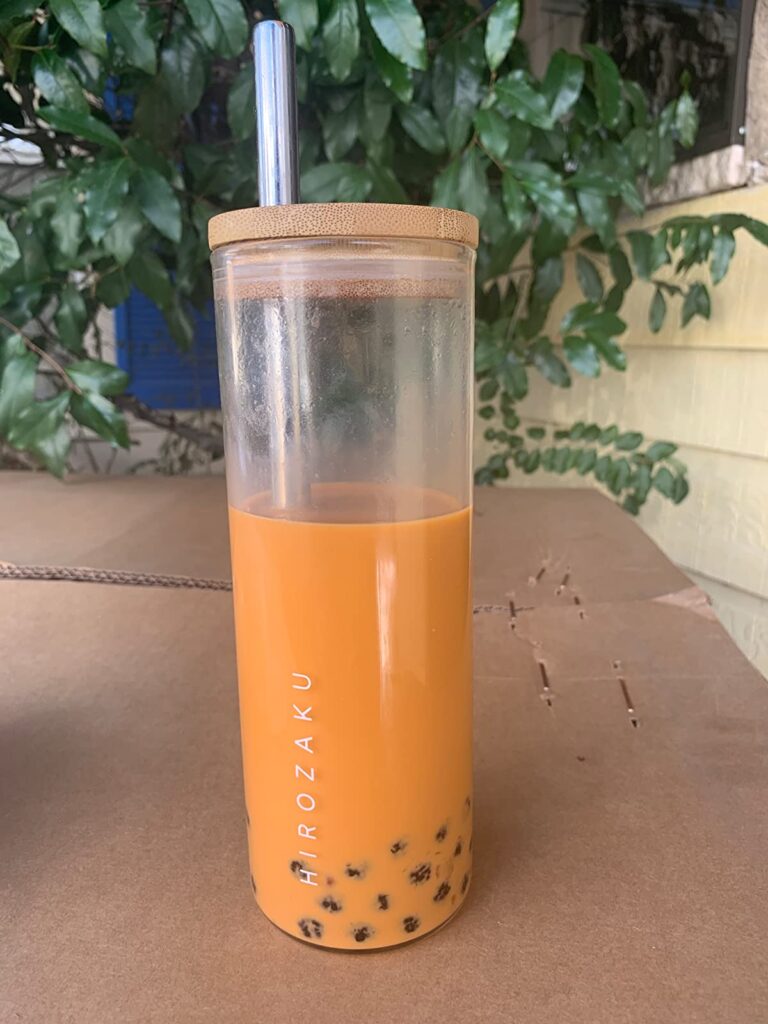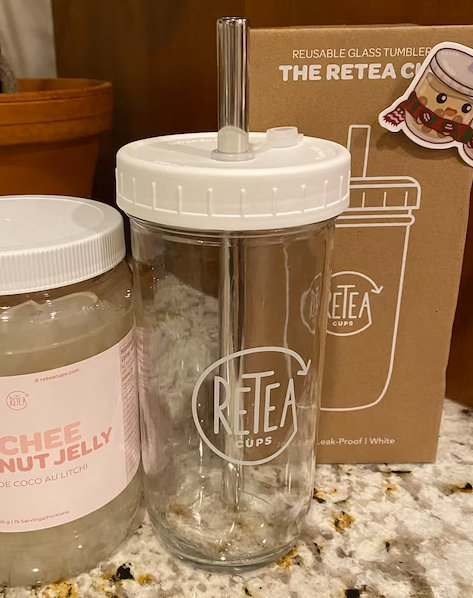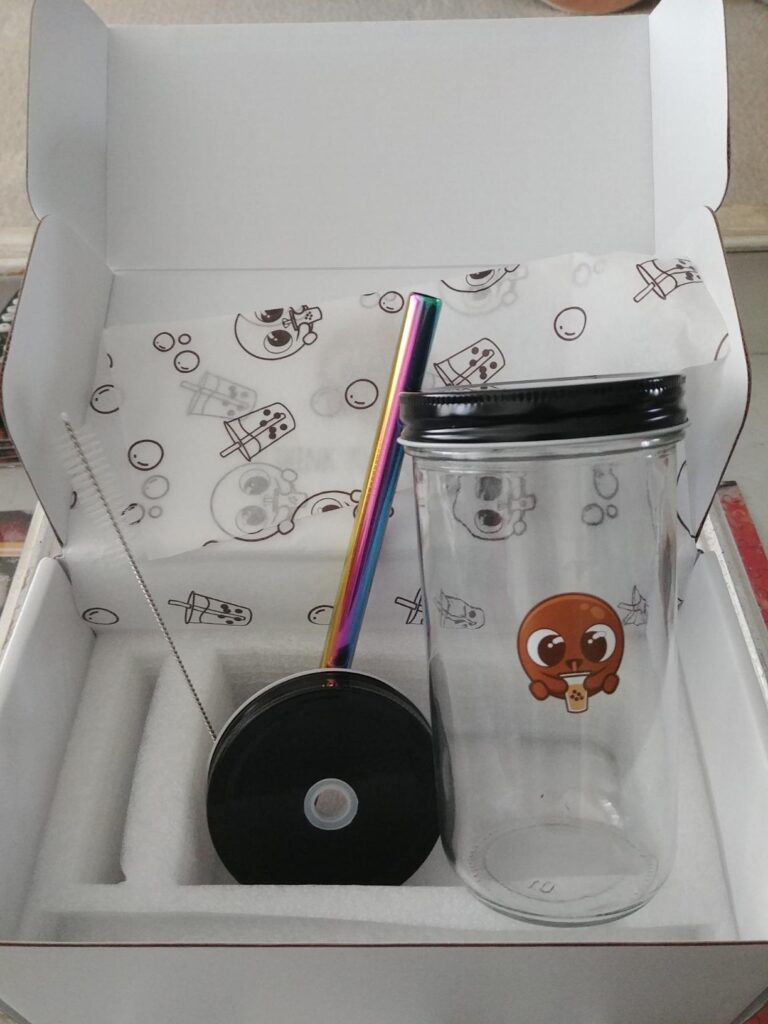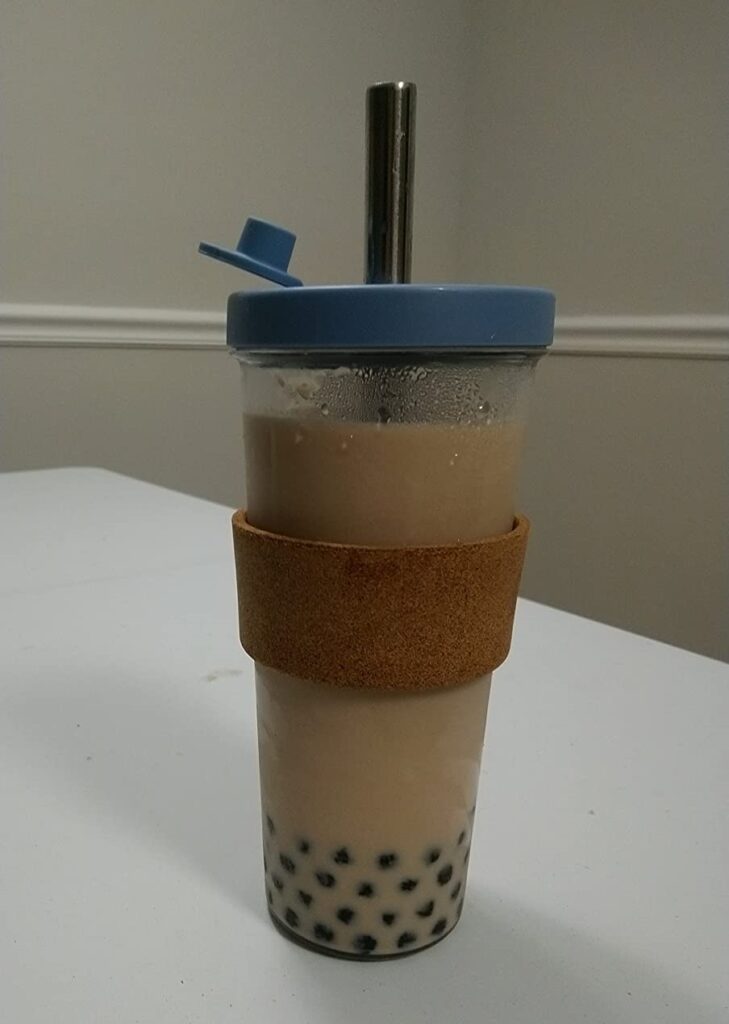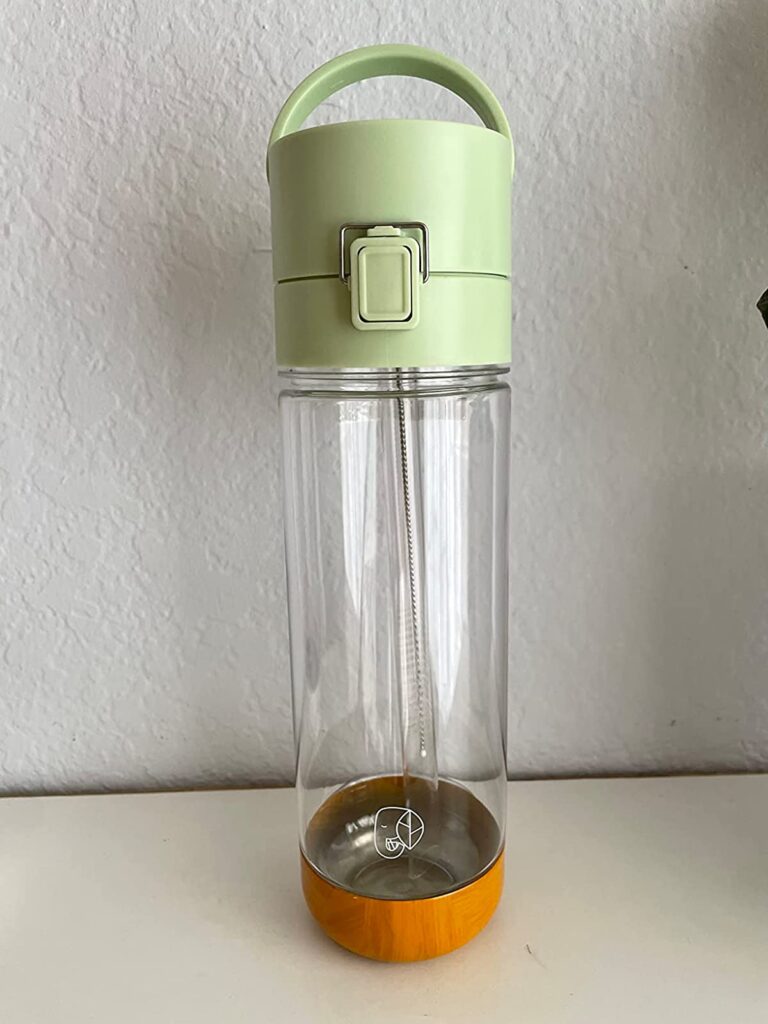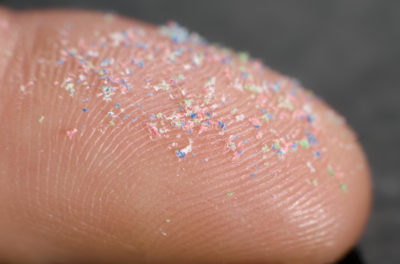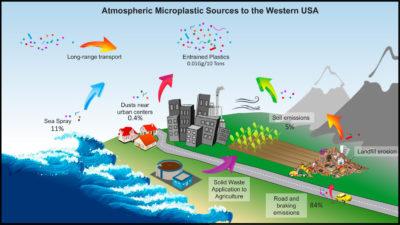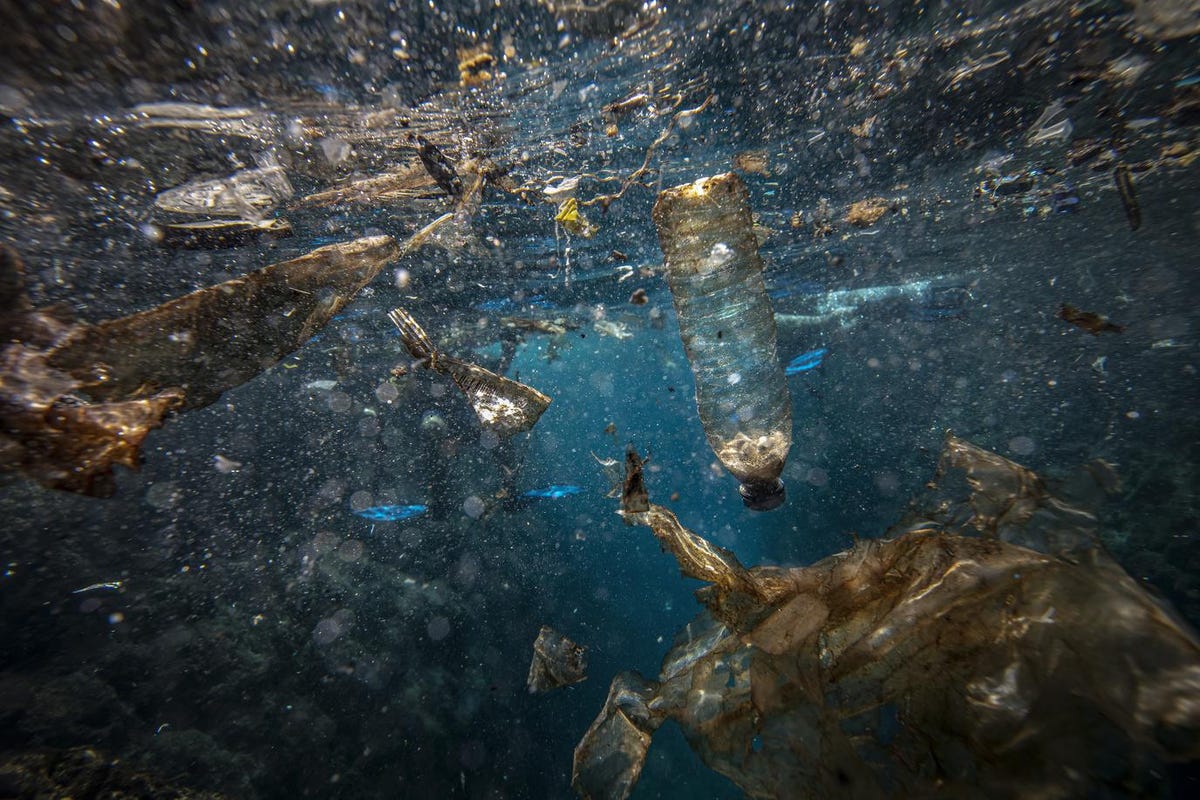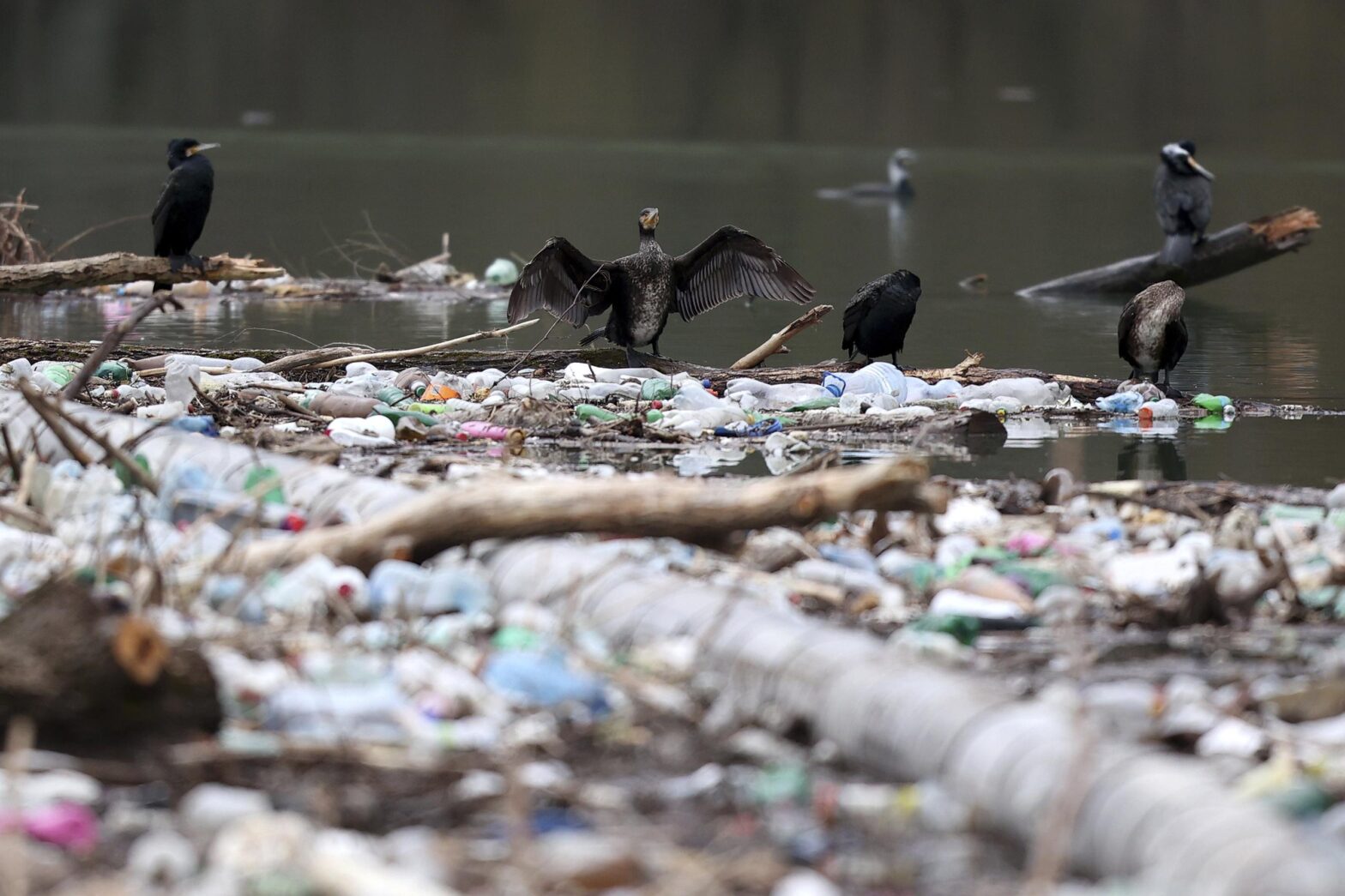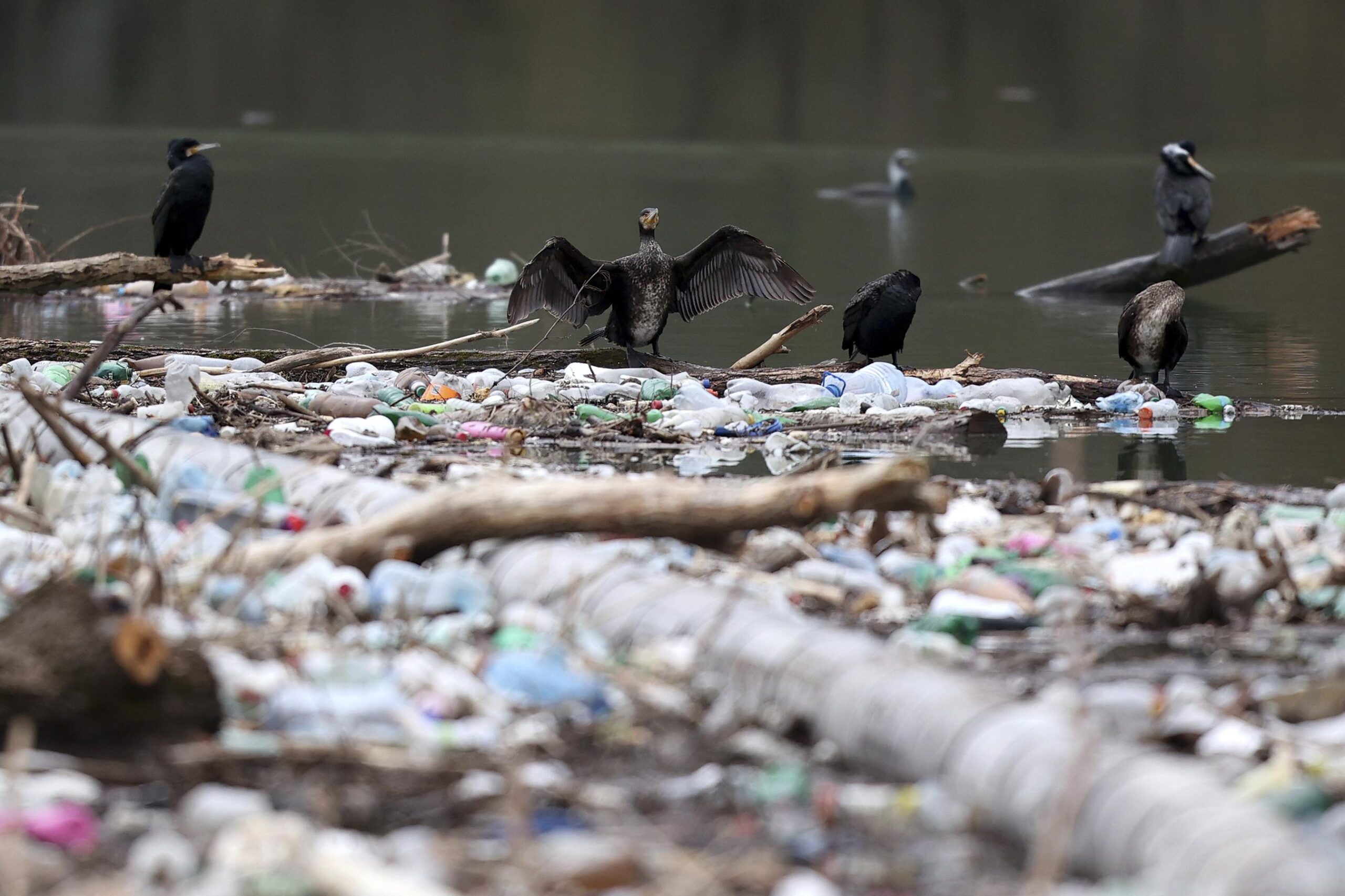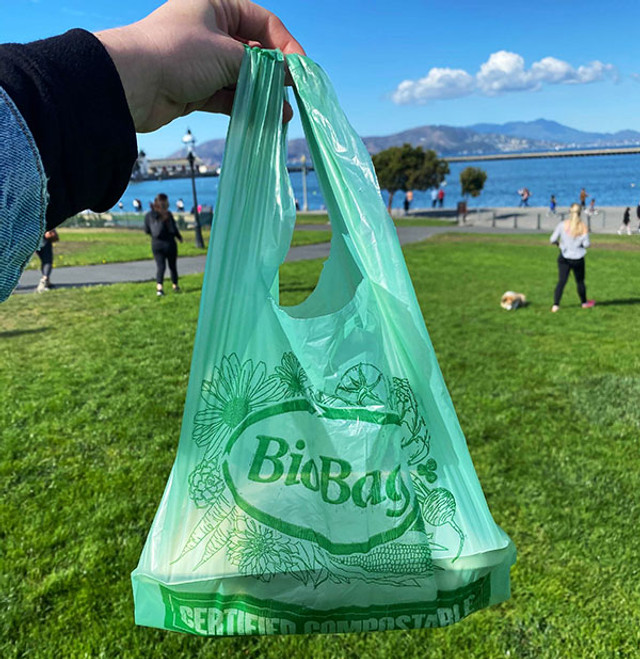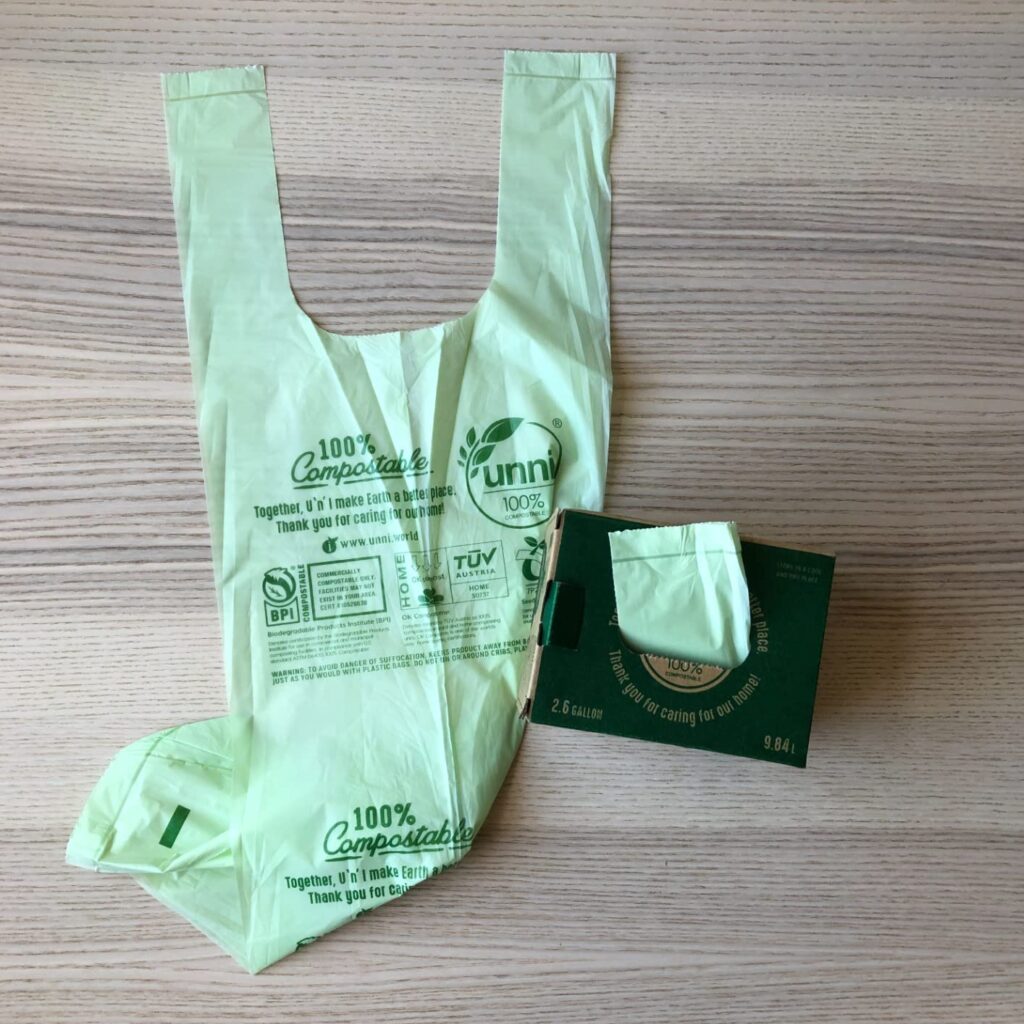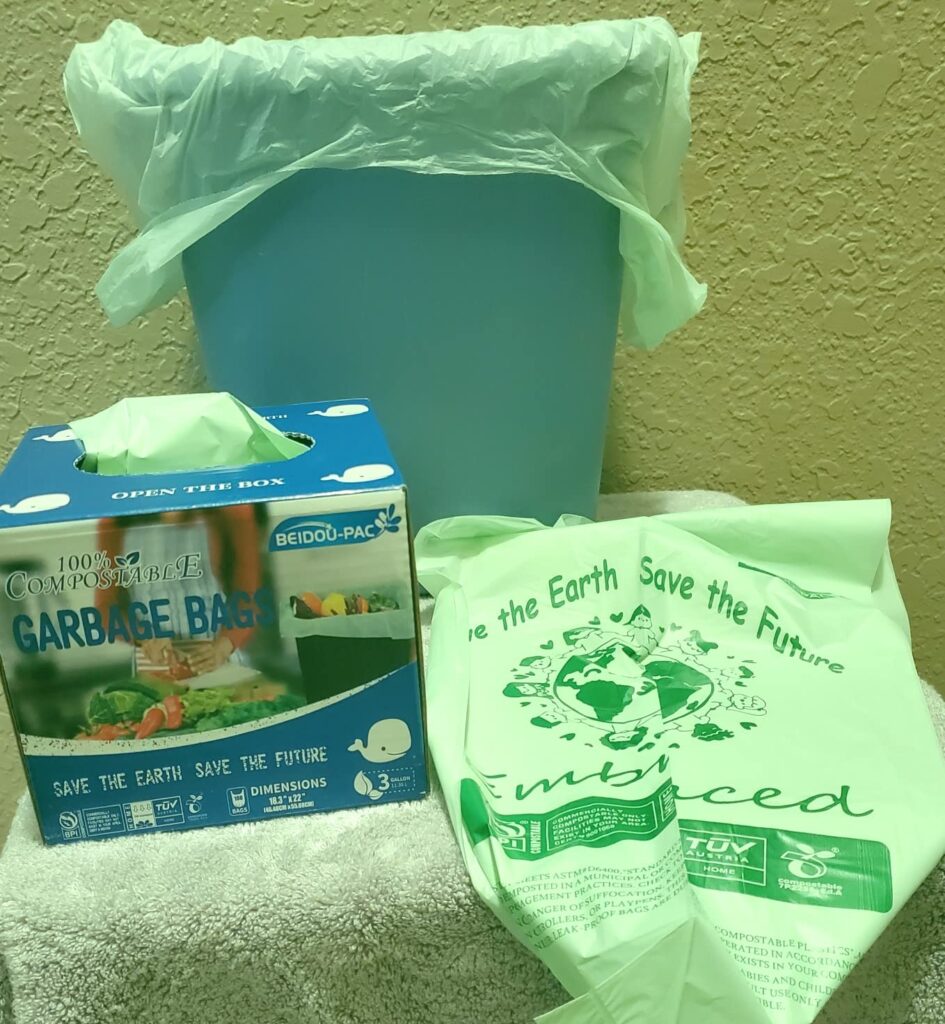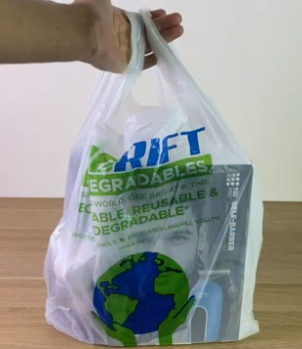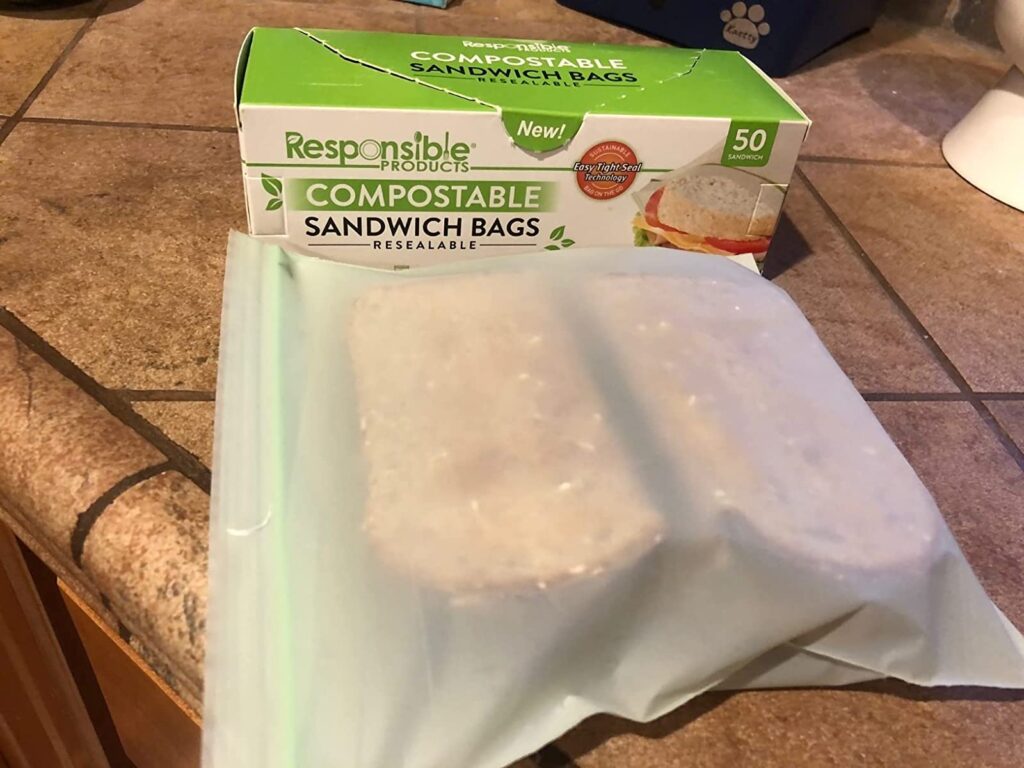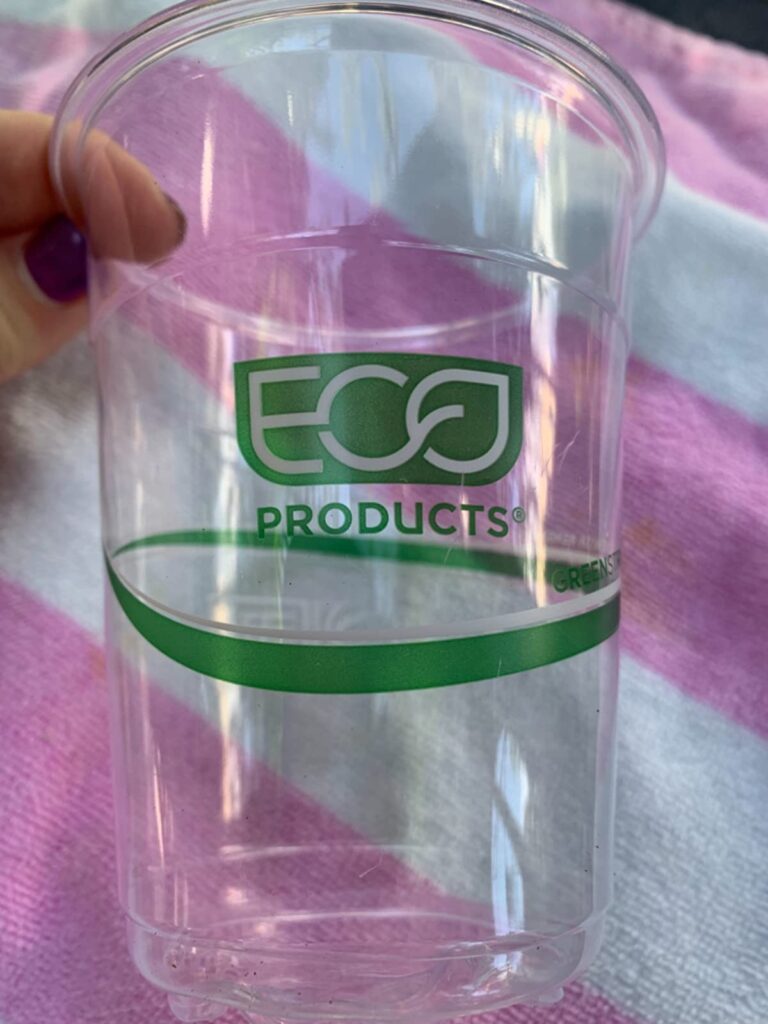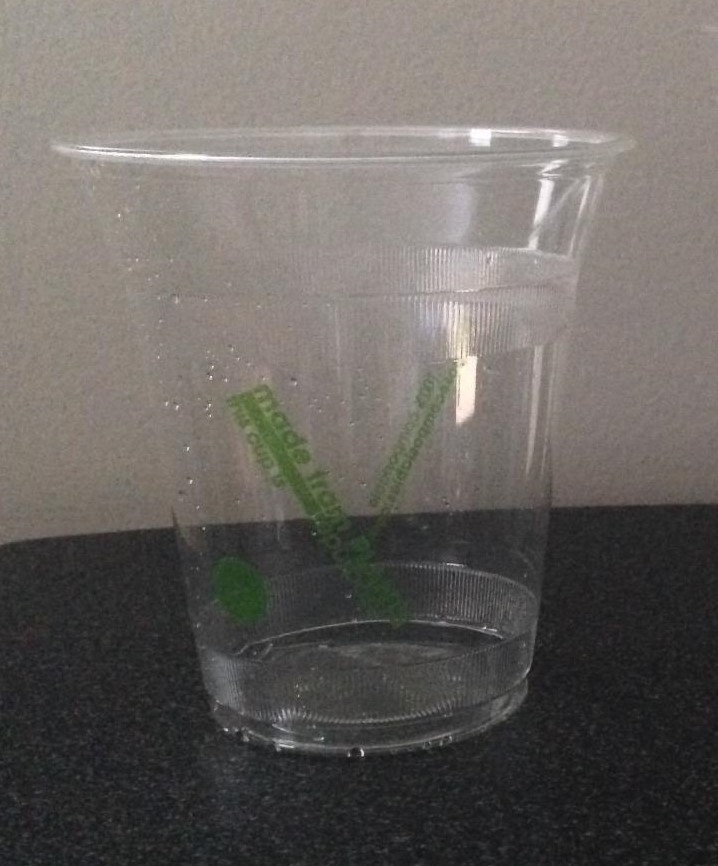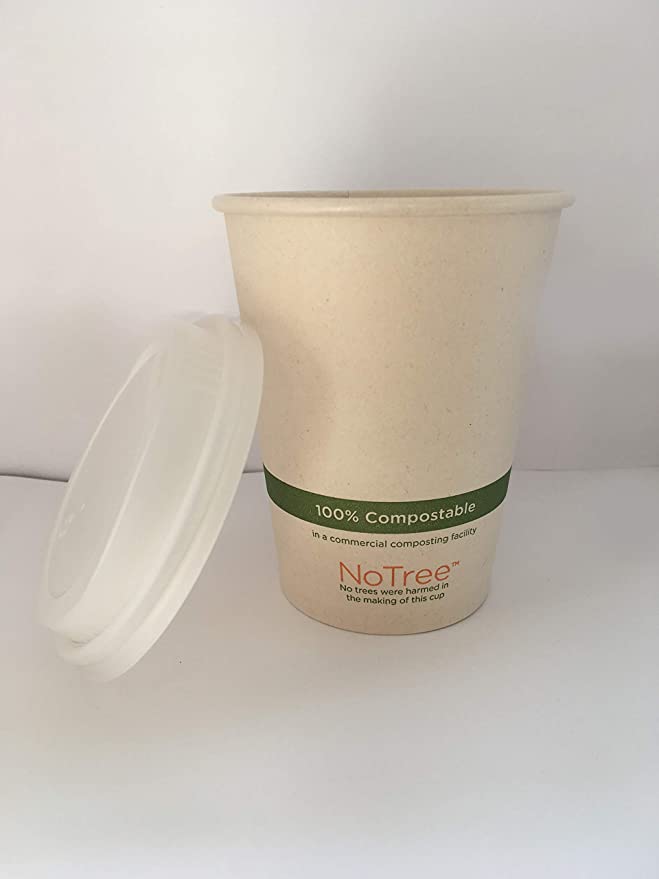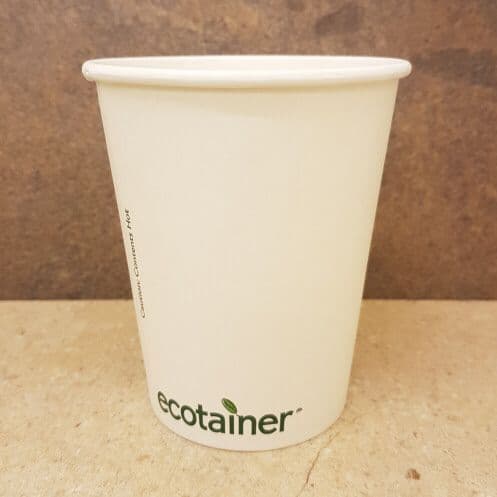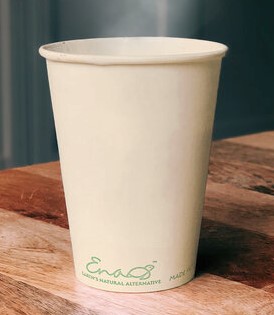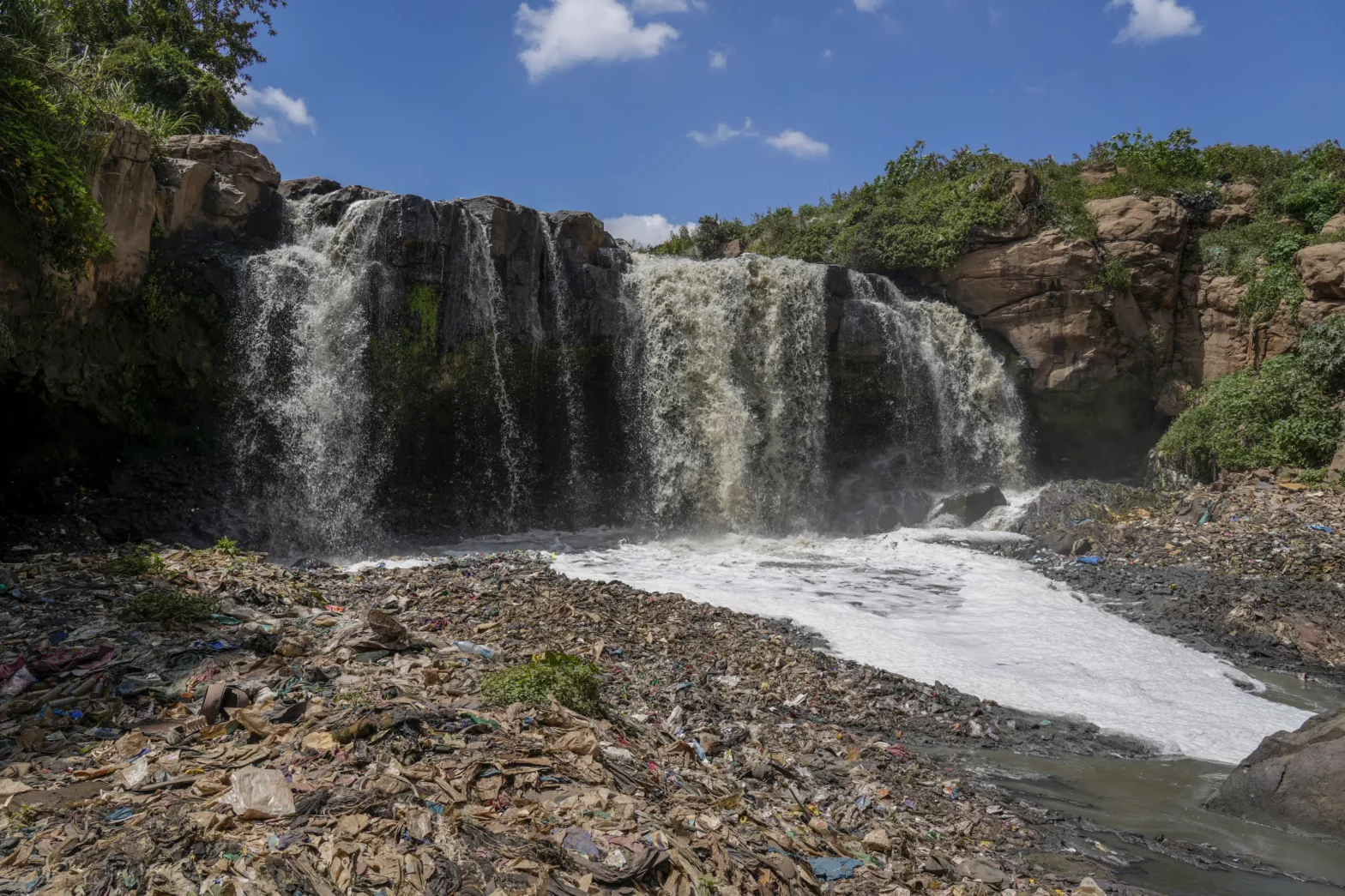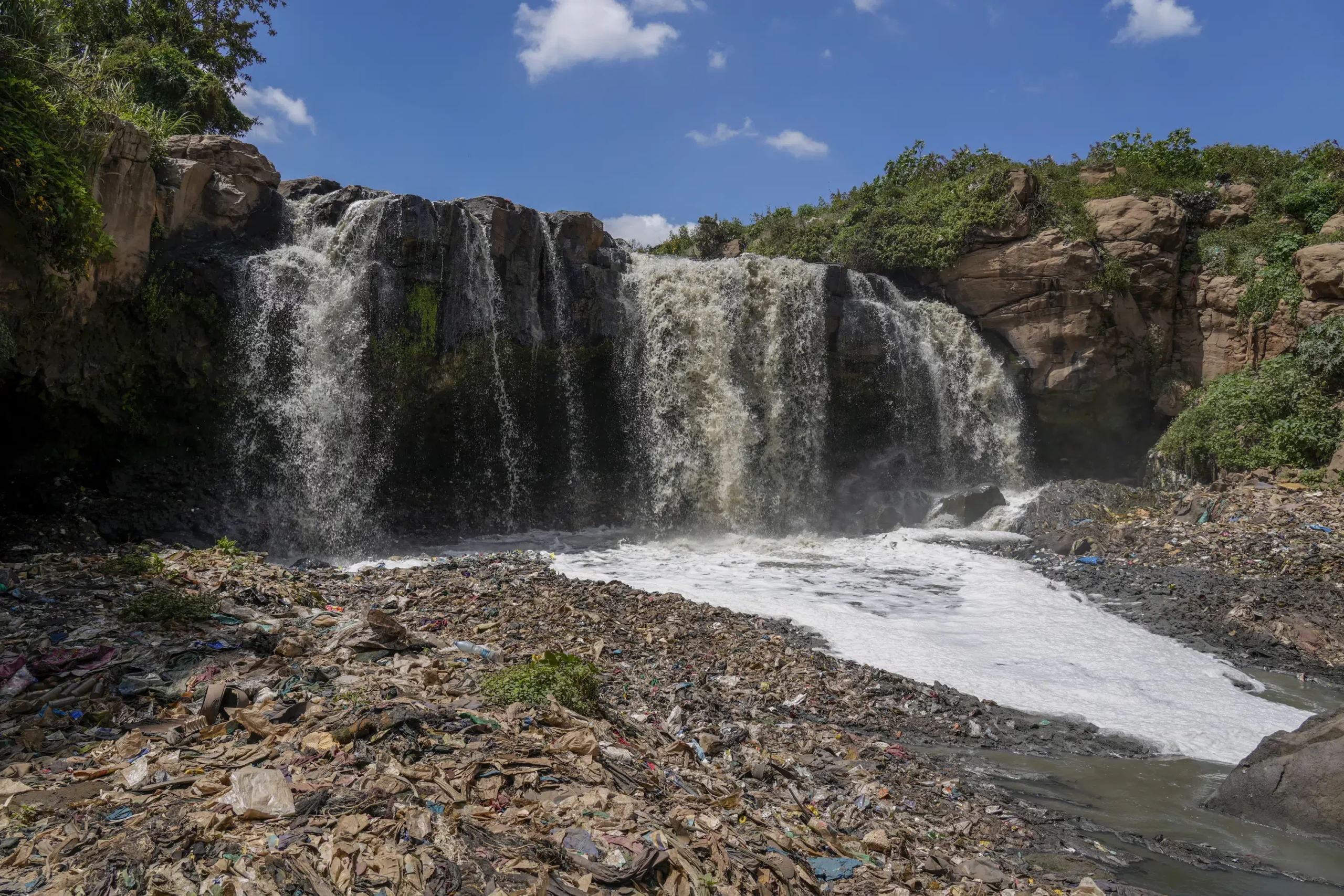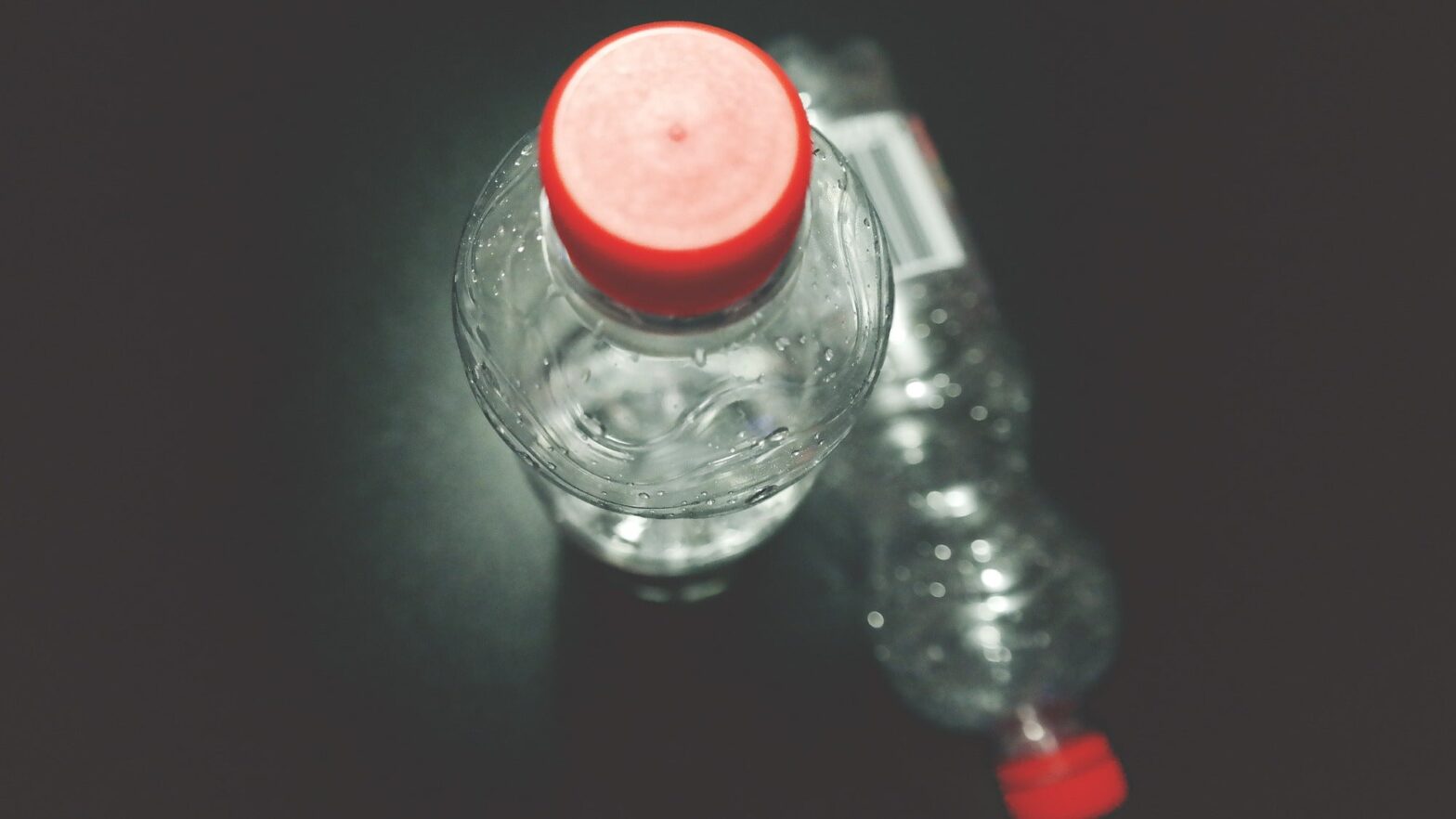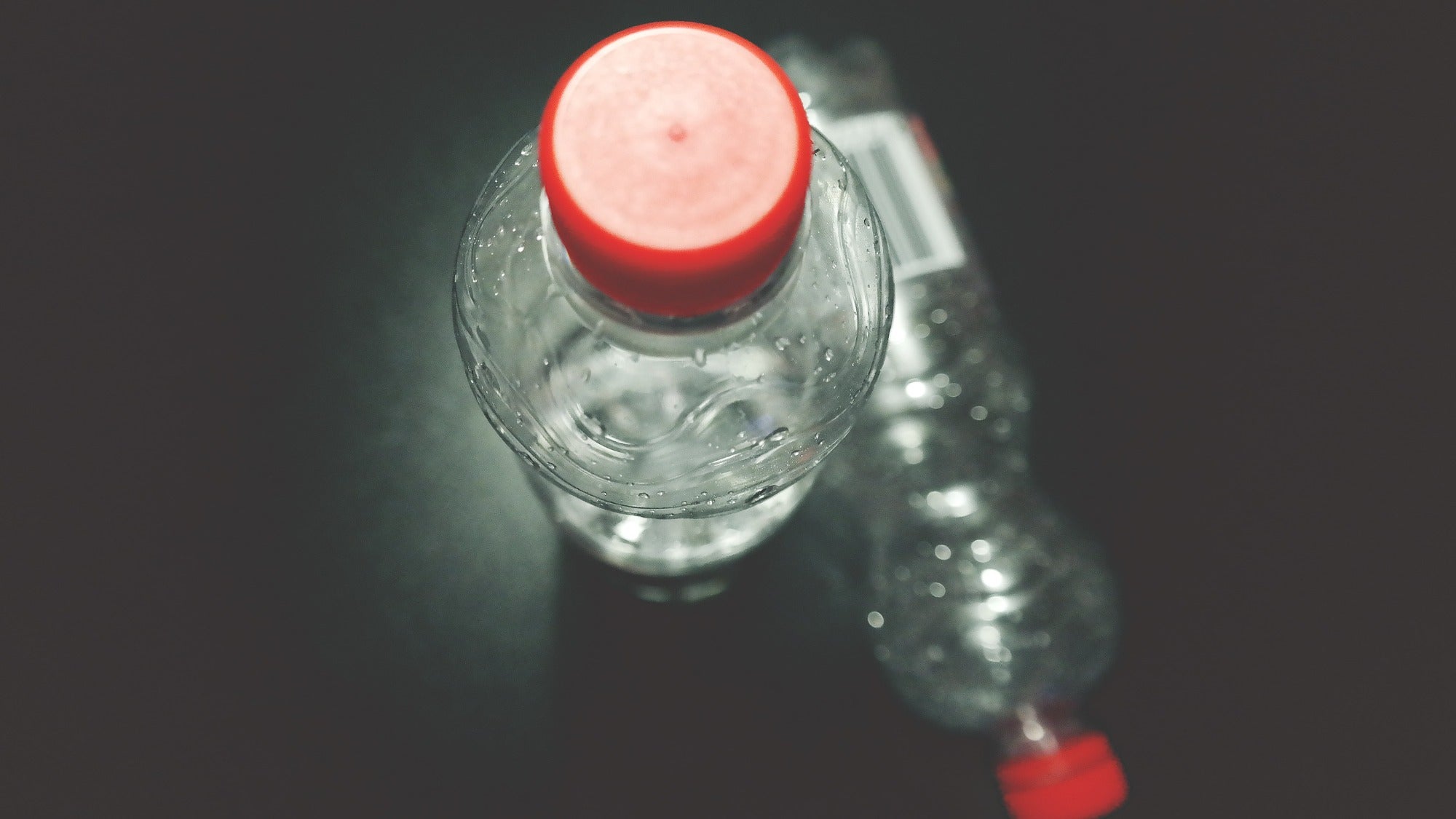As plastic waste fills our oceans and landfills, many of us are looking for eco-friendly alternatives in every aspect of our day-to-day lives. Environmentally-conscious boba tea lovers are likely aware of the non-recyclable plastic their favorite drink comes in.
The plastic from boba cups sits in landfills for hundreds of years – in the best-case scenario. The straws, plastic wraps, and cups from these drinks can also end up in oceans and waterways, where they breakdown into microplastics that pollute our waterways and harm wildlife.
Switching to reusable boba cups may not seem like it will have a big impact, but our small steps toward plastic-free lifestyles add up quickly. In this article, we’ll look at six alternatives to single-use boba cups that are eco-friendly, long-lasting, and affordable.
Read on to learn how we chose our eco-friendly alternatives, or jump to our recommendations.
Choosing the Best Reusable Boba Cups
While reducing single-use plastic consumption is already a step in the right direction, it’s important to choose alternatives that are sustainable and socially responsible. We kept these factors in mind when selecting our top picks for reusable boba cups.
Alternative Materials
Many reusable boba cups are still made of plastic, which will eventually end up in landfills after the life of the product. Unfortunately, options for reusable boba cups that are entirely plastic-free are currently limited. While many of our choices contain plastic material, these alternatives minimize plastic usage and use long-lasting materials, including:
- Glass – Glass products can be recycled at the end of a product’s life, and produce far less greenhouse gas emissions in the production process, making it a cleaner alternative to single-use plastic cups.
- Recyclable plastics – Many reusable cups still use plastics, so our choices are made from material that’s recyclable, made from recycled material, and durable enough to last years.
- Silicone – While not biodegradable, this durable material is made from sand, minimizing crude oil consumption and greenhouse gas emissions.
- Cork – Cork is biodegradable and renewable, making it an environmentally-friendly material in reusable cups.
- Stainless steel – Often used for reusable straws, stainless steel is 100% recyclable and is often sourced from scrap metal. It also produces no toxic runoff in the production process and can be used indefinitely.
These criteria for sustainable materials extend to the lid and the straw of each of our reusable boba cups, which often go overlooked in choosing plastic alternatives.
Safety
Whether single-use or recycled, some plastics contain substances that pose a risk to environmental and human health. Our chosen products are free of chemicals such as:
Social Responsibility
Ethical consumerism is just as important as sustainability. We thoroughly investigated all of our products’ manufacturers to ensure that ethical and sustainable performances were upheld throughout the supply chain.
Quality
The products featured here are not only a standard for sustainability, but quality as well. A key aspect of living sustainably is reducing consumption, and in order to do that you have to choose alternatives that are durable and usable. All of these products are of high-quality design, easy to clean, and long-lasting.
Best Eco-Friendly Boba Tea Cups
Here are our top picks for reusable boba tea cups, organized by material.
Glass Cups
- 1. Xeiwagoo
- 2. Hirozaku
- 3. Retea
- 4. BobaGO
Tritan Recycled Plastic
Top Picks
- Most durable: Dodoko
- Most affordable: Xeiwagoo
- Best boba-centric design: Retea
- Best overall: Retea
Glass Boba Cups
Glass is one of the most sustainable materials available. Made from sand, glass production causes far fewer greenhouse gas emissions than plastic production and can be recycled indefinitely.
- Materials:
- Glass jar
- Stainless steel straw and storage lids
- Bamboo lid with silicone leak-proof seal
- Cork sleeve and coaster
- Volume: 22 Oz
- BPA Free? Yes
- Current price: $18.99 for a set of 2 jars
- Extras: Wooden mixing spoon, straw cleaner, storage lids, absorbent coasters
- Get this product: Amazon
Xeiwagoo’s glass mason jar-style boba cups are great for both hot and cold drinks, with reusable and easy-to-clean stainless steel straws and bamboo lids. This purchase also comes with storage lids and a wooden spoon for homemade recipes.
The cork sleeve and bamboo lid are both made from sustainable plant-based materials, while the glass jar and stainless steel straws are 100% recyclable.
Pros:
- Every purchase includes two sets of reusable glass jars, lids, straws, sleeves, and coasters
- Included are a straw cleaner (great for getting any boba residue out of the straw) and a wooden spoon for mixing homemade boba drinks
- Glass jars are durable and dishwasher safe
Cons:
- We noticed that the stainless steel straws are not angled at the ends, making it difficult to pick up boba pearls at the bottom of the container
- These jars may not be 100% leak-proof, as the lid’s straw opening leaves room for spillage
- Materials:
- Borosilicate glass jar
- Stainless steel straw
- Bamboo lid with silicone leak-proof seal
- Neoprene sleeve
- Volume: 24 Oz
- BPA Free? Yes
- Current price: $25.99
- Extras: Neoprene sleeve and straw cleaner
- Get this product: Amazon
The sleek design of the Hirozaku boba cup makes this product easy to transport and store. While the neoprene sleeve is made of synthetic material that’s not 100% eco-friendly, it helps maintain temperature control of both hot and cold drinks.
The borosilicate glass is designed to be durable in the case of dropping the container, and also against temperature changes. Traditional glass can be susceptible to breakage from thermal shock, making them unsafe for dishwashers, hot drinks, or freezer storage, while borosilicate glass can withstand extreme temperature changes.
We love that this glass is tall and thin, making it easy to carry with one hand or pop into a car’s cup holder while you’re on the go.
Pros:
- Highly durable material that can withstand being dropped and can hold hot and cold drinks
- The neoprene sleeve is designed to keep drinks chilled and comes with a carrying strap for easy transportation
Cons:
- The stainless steel straw may be too narrow for larger boba pearls and is not angled, making it difficult to pick up pearls
- Slightly more expensive than other options
- Materials:
- Glass jar
- Stainless steel straw
- Plastic lid with silicone seal
- Volume: 23 Oz
- BPA Free? Yes
- Current price: $17 USD
- Extras: Straw cleaner and travel pouch ($4 USD add-on purchase)
- Get this product: Retea
Retea is a women-owned company that has made it their mission to make boba tea drinks more accessible, affordable, and sustainable. In an effort to minimize their environmental and social impacts, Retea has close communication with their suppliers, asking them to minimize plastic packaging and reuse materials as much as possible. They also sell imperfect materials at a discounted price, instead of sending faulty products to the landfill.
They’ve also partnered with several environmental organizations to offset their carbon emissions, minimize plastic waste, and clean up oceanic plastic.
Want to start making boba drinks at home? Retea also offers a wide selection of at-home bubble tea, coffee, and smoothie kits, with vegan options!
Pros:
- These cups are dishwasher safe!
- Every order removes 1 lb of trash from the oceans in Retea’s partnership with TeamSeas
- Sustainable packaging made with 100% recyclable material and minimized plastic
- The supply chain is localized in Toronto in partnerships with small local businesses, resulting in more efficient shipping and fewer emissions
- Retea partakes in carbon emission offsets by donating to Tri-City Forest, which captures 100,000 metric tons of carbon each year and protects 6,500 acres of forest in Canada
- Straws are angled to pick up boba pearls, and come in a variety of colors. The straws also come with a carrying pouch and a brush to keep them clean
Cons:
- Lid is made of plastic instead of sustainable or biodegradable material
- Products ship only to Canada and US
- We noticed that without a carrying sleeve on the outside, the glass cup can get quite hot with hot drinks, and can get slippery with condensation for cold ones
- Materials:
- Glass jar
- Stainless steel straw and lid
- Silicone sleeve and portable plug
- Volume: 17 Oz
- Current price: Not currently available
- Extras: Straw cleaner with travel pouch and at-home recipe book
- Get this product: Amazon
BobaGO’s reusable glass boba cups come with a recipe book for homemade boba tea, giving you the option for at-home boba drinks. The glass jars come with a sticker of their boba mascot, and the lids come in black and pink options.
We love this cup’s fun and colorful straw, and we noticed that the silicone plug does a pretty good job of avoiding leaks. Just be careful when you put the cup into the dishwasher, as the silicone washer that protects the hole for the straw can come off and get lost.
Pros:
- Materials of the cup are plastic-free
- Angled straw with wide diameter for picking up boba pearls
- Lid screws on for a tight seal
Cons:
- Glass is not durable enough for hot or boiling drinks.
- Excessive packaging that uses more plastic than necessary
- Sticker accessory is likely to come off in the dishwasher
- Comparatively smaller than other options at 17 OZ
Tritan (Recycled Plastic) Boba Cups
Tritan is a type of recyclable plastic made from 50% recycled plastics and is certified BPA-free. It has the look and feel of glass, but is far more resistant to shattering and heat damage than traditional glassware.
While Tritan is still a non-biodegradable plastic, it does not release microplastics or harmful chemicals as typical plastic bottles do.
- Materials:
- Tritan cup
- Stainless steel collapsable straw
- Polypropylene plastic lid
- Silicone plug
- Cork sleeve
- Volume: 24 Oz
- BPA Free? Yes
- Current price: $21.98
- Extras: Straw cleaner and travel pouch
- Get this product: Amazon
Dodoko’s Shatterproof Boba Cup is made of Tritan plastic, giving it the look and feel of glass while being far more durable. The Tritan cup and Polypropylene lid are both BPA-free, though still made of non-biodegradable plastic.
The silicone plug makes it transportable, and the lid is specifically designed to be completely spill-proof. We noticed that even though these straws aren’t angled at the bottom, it’s still fairly easy to get the boba pearls from the bottom of the cup.
Pros:
- Dodoko offers options for carbon offsets through tree plantings
- Lids come in a variety of colors
- Collapsible straw for easy storage
- Far more leak-proof than other options
Cons:
- Minimal information is given on tree plantings and carbon offsets
- Materials are durable and recyclable, but still result in high carbon emissions from plastic production
This cup is also available on the Dodoko website. You can also find a stainless steel version, which is slightly more eco-friendly, but harder to use because it’s not see-through.
- Materials:
- Tritan cup
- Plastic straw and cap
- Volume: 25 Oz
- BPA Free? Yes
- Current price: $39.99
- Extras: Straw cleaner
- Get this product: Amazon
The BobaMate is a versatile boba cup that is designed to fit any number of drinks, both hot and iced. The carrying strap and cap lock make it easy to transport, and the Tritan plastic bottle makes it shatter-resistant and long-lasting. We noticed that this is easily the most leak-proof bottle on our top picks, although the top is a bit more difficult to drink from than others.
Unlike our other picks, BobaMate uses a plastic straw. While still reusable and easy to clean, this material might not be as long-lasting as other stainless steel options, and is far less sustainable.
Pros:
- Ships with recyclable and biodegradable packaging
- Comes in a variety of colors and styles
- The bottle is versatile and can be used for hot and cold drinks
Cons:
- The plastic straw is removable but cannot move, making it difficult to pick up boba pearls
- The mouthpiece is built into the cap and may be difficult to clean as a result
- The cup is durable and recyclable, but still produces high carbon emissions from plastic production
- More expensive than other options
You can also buy this reusable boba cup on the BobaMate website.
Top Picks
With so many options for reusable boba cups, it can be hard to decide which is right for you. Here are our top choices for a few different categories.
While several of our picks use Tritan plastic, Dodoko’s Shatterproof cup is specifically designed to withstand breakage from being dropped or exposed to high temperatures. These cups use polypropylene lids for extra durability and use a tough stainless steel straw.
Coming at two for the price of one, Xeiwagoo’s Boba Mason Jars are far less expensive than any other option and give you more bang for your buck, with a wooden mixing spoon, absorbent coasters, and two sets of boba cups.
Retea is specifically designed with boba in mind, with an angled straw that allows for 360° movement to pick up every last pearl.
The Retea Reusable Boba Tea Cup is durable, affordable, and made with sustainable efforts. This company has partnered with multiple environmentally-focused organizations in an effort to curb their carbon emissions, reduce plastic waste, and boost local businesses. As an added bonus, Retea offers a wide variety of boba tea recipes for at-home drinks!
